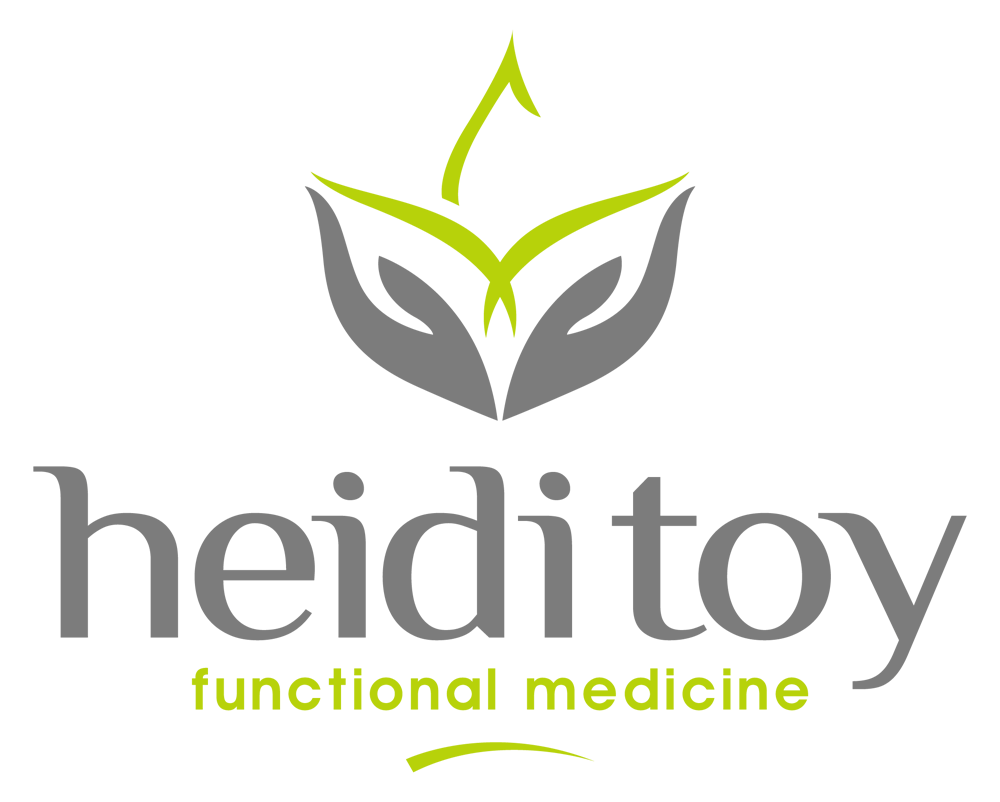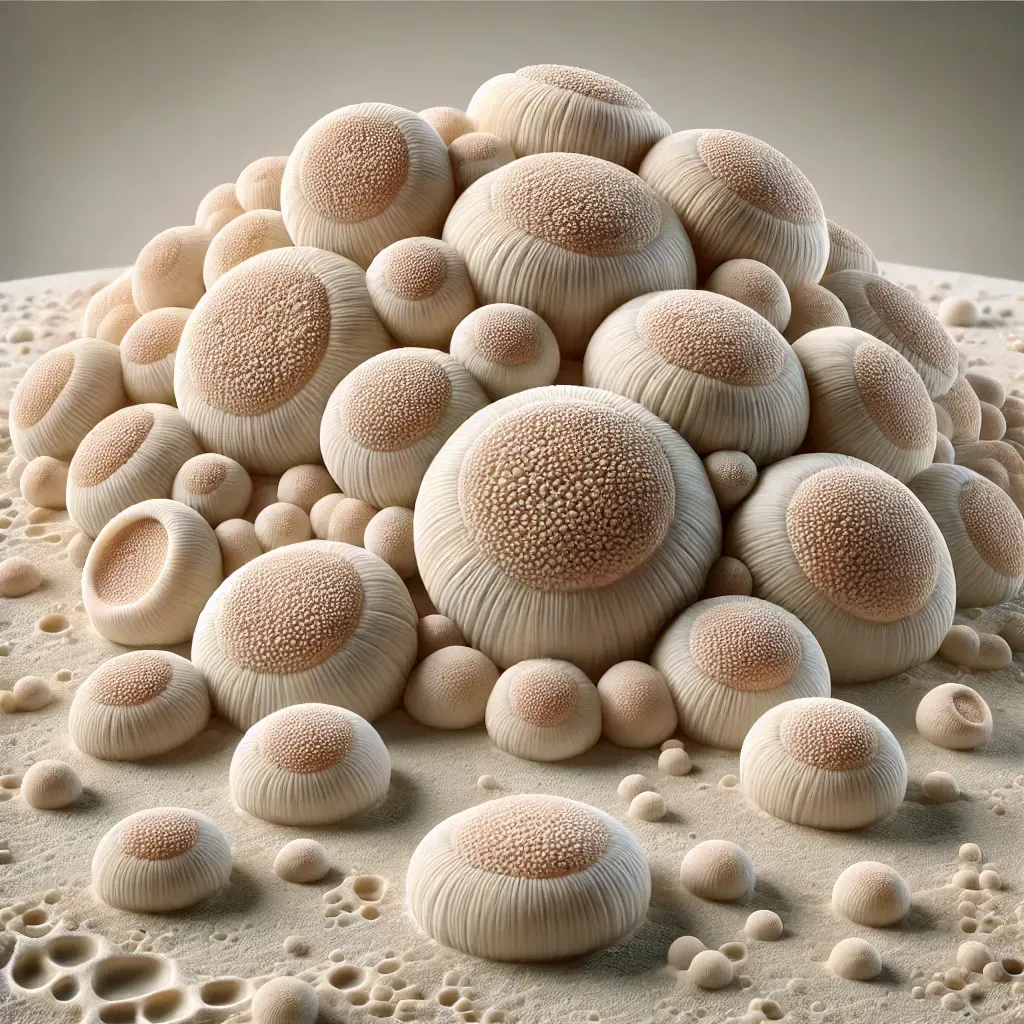Is Your Liver Sluggish? Here's How to Tell and What You Can Do About It
It’s a safe bet that many people today are dealing with sluggish livers, even if they don't realize it. With the constant exposure to toxins in our modern environment, the liver, our body’s primary detox organ, is working overtime to clear out the “junk” we encounter every day. Whether it’s heavy metals, chemical pollutants, mold, or even stress, your liver is under constant pressure to keep up.
While it’s easy to assume that most of us have some level of liver dysfunction, it’s important to understand how serious the situation is for each individual. A sluggish liver can lead to a variety of health issues, but it’s not always easy to pinpoint without the right testing. That’s where a Hair Tissue Mineral Analysis (HTMA) comes in, offering valuable insights into liver function and overall health.
Here’s how an HTMA can help assess liver health and why you should consider this test for yourself or your family.
1. Cobalt Levels: A Clue to Liver Health
One of the best indicators of liver performance that shows up on an HTMA panel is cobalt. Cobalt is a mineral that has two sides: as part of Vitamin B12 (methylcobalamin or hydroxocobalamin), and as a toxic metal in high amounts.
When the liver isn’t functioning properly, the body can’t absorb Vitamin B12 efficiently, leading to cobalt accumulation in the liver. This build-up can manifest in various health issues, including thyroid problems, tinnitus, blood thickening, and even vision or hearing loss. Elevated cobalt levels in the hair can be a red flag that the liver is under stress.
By paying attention to cobalt levels in an HTMA, you can get a clearer picture of your liver’s ability to detoxify and absorb essential nutrients.
2. The Sodium/Potassium Ratio: A Life-Death Indicator
Another vital aspect of liver health reflected in HTMA results is the sodium to potassium (Na/K) ratio. Sometimes referred to as the “Life-Death” ratio, this measurement reveals a lot about your body's overall stress and energy levels.
A low Na/K ratio typically indicates burnout, chronic fatigue, low stomach acid, and compromised immune function. All of these issues are connected to liver dysfunction. The body’s inability to detoxify and heal is often a result of chronic stress and infections, which can further impair liver function.
If you have infections, the liver may be struggling to keep up with the detox demands, making the Na/K ratio a valuable marker for assessing overall liver health.
3. Heavy Metal Levels: A Key Sign of Liver Strain
Heavy metals like mercury, lead, arsenic, cadmium, and aluminum are highly toxic to the body. When these metals show up in an HTMA panel, it’s a clear indication that the liver is working hard to detoxify the system.
Interestingly, low levels of heavy metals can also signal liver trouble. If your HTMA shows little to no heavy metal excretion, it could mean the body is storing these toxins rather than eliminating them. This often points to an overburdened or sluggish liver that isn’t able to keep up with the detoxification demands.
Either way, the presence (or absence) of heavy metals is an important clue that your liver might be overwhelmed, making it crucial to support proper detoxification pathways.
4. Oxidation Rate: Slow Metabolism, Slow Detox
HTMA also helps assess the body’s metabolic rate through the oxidation rate, which is the balance between calcium and phosphorus. When this ratio is elevated, it indicates slow oxidation, meaning a slower metabolism. People with slow oxidation rates tend to be poor eliminators, meaning they struggle to detoxify and remove toxins from the body.
This is another key indicator that the liver is sluggish and not able to efficiently process toxins. When your metabolism slows down, so does your liver’s ability to clear out harmful substances, leaving you feeling fatigued, bloated, and overwhelmed.
5. Lithium Levels: A Detoxification Powerhouse
Lithium is a fascinating and often overlooked mineral when it comes to liver health. While most commonly known for its pharmaceutical use in treating bipolar disorder, lithium also plays an important role in detoxification.
On an HTMA panel, low lithium levels can indicate poor detoxification, particularly in terms of glutathione production. Glutathione is the body’s master antioxidant, essential for detoxifying the liver and protecting cells from oxidative damage. If lithium is low, it may suggest that your liver is struggling to produce enough glutathione to keep up with detox demands.
Although research on lithium’s role in detoxification is still emerging, clinical evidence points to its importance in supporting healthy liver function.
The Bottom Line: Start with Minerals for Better Detoxification
The liver is central to your body’s ability to detoxify, but it can’t do the job alone. Minerals are the foundation of every detox pathway in the body. Without adequate mineral support, detoxification can’t happen effectively, no matter how many supplements or herbs you take.
This is why it’s so important to use HTMA testing to assess mineral levels and create a plan to restore balance. When you support the body with the right minerals, you can improve liver function, increase detoxification, and enhance overall health.
Why Wait?
Something Big is Coming!
If you’re ready to get serious about your liver health and understand your body’s detox capabilities, there’s no better way to start than with an HTMA test. This test provides critical insights into your mineral balance, liver health, and overall metabolic function.
And the best part? A major deal is coming your way this Thanksgiving! Keep an eye on your emails because you won’t want to miss out on what’s coming—a huge opportunity to get the testing and insights you need to take control of your health.
Make sure you’re ready for this game-changing offer—it’s going to be the deal of the year!
Don't Miss Out!

Heidi Toy Functional Medicine Blog






















































































